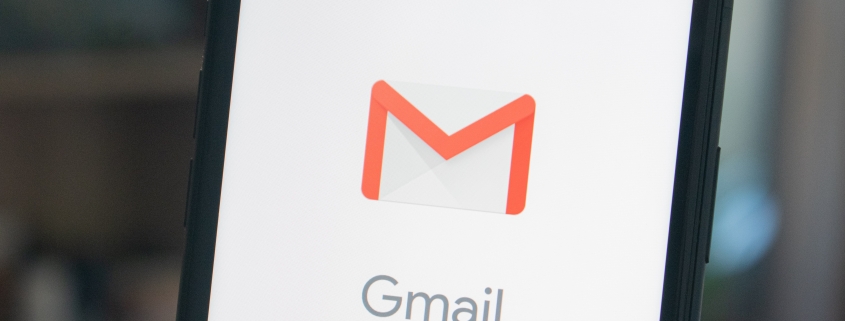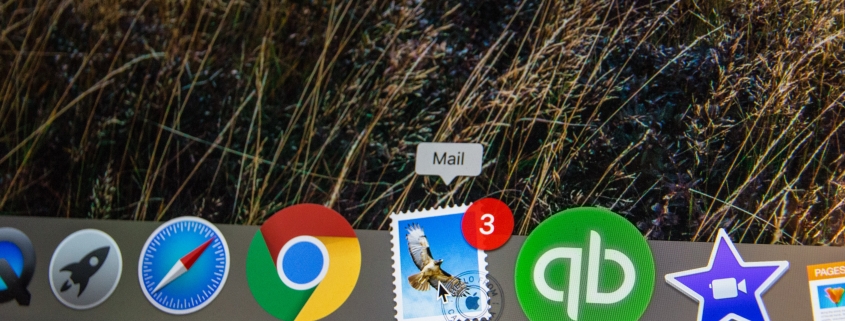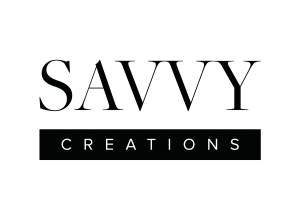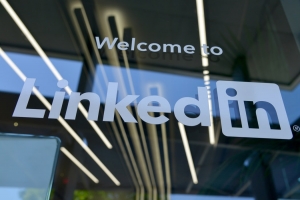It’s Time to Get Savvy: An Introduction to Email Marketing

Email marketing is a massively underrated segment of digital marketing that, when used in combination with other marketing channels, is a goldmine of opportunity. Think of email marketing as the Robin or Dr. Watson of digital marketing; it needs to work in tandem with something else to have relevance but when it does, it is highly effective, useful and fills a vital role.
Email marketing can be used to deliver specific content directly to the interested user’s email inbox. This content can include offers, advertisements and education. To break these down further and understand the different kinds of emails there are, businesses can specifically deliver things like:
- Brand announcements: announcing your next webinar, event, or sale
- Product updates: the latest features of your product or offered services
- Newsletters: a summary of your latest blog posts, business updates or your latest content offers
- Event invitations: informing users of an event you’re attending, or an event of interest to them (e.g. an event of a business partner)
- Social media updates: letting subscribers know of your new posts and asking them to share or like your posts (there’s no harm in asking for a little help from your followers/fans)
Keep in mind that you should switch up the kinds of emails you are sending to your subscribers. If you are tracking the response of your emails, discovering which are generating website visits or higher engagement, this can give you greater insight in to which types of emails work best for your specific subscribers. Knowing your subscribers, to know what they need and why they need it, is the key.

Before you can send an email, you of course need to know who you are emailing and how you will reach them. You can form a subscriber list by placing offers to ‘join our email subscription” on your website landing pages, social media’s or other platforms. Enticing people to join your email subscription can be achieved in many different ways, but ultimately you have to sell the benefits of joining this subscription. For example, subscribe “to receive exclusive offers”, “be the first to know when our sales begin” or “subscribe to receive 10% off your first purchase”. Once they have subscribed with their contact information, you can begin sending out your marketing emails.
Manuel vs Automated Emails:
Both manual and automated emails are important for email marketing. Manually sent emails are those that you create for specific and unique circumstances (e.g. an upcoming sale, announcements, newsletters etc.). Automated emails are those which are sent when a user performs a certain action on your website which automatically triggers an email response. Some automated email examples include:
- Welcome: sent when a user first registers for your email subscription
- Onboarding: can be singular or several emails providing information about your services or products and gives a rundown of what they can expect from your business.
- Confirmation: sent in response to a user signing up for an event/webinar or completing a transaction.
- Form response: sent when someone has completed a form to obtain access to an offer you have promoted, it will usually thank them for their engagement and will include the details of the offer.
- Abandoned cart: if the customer has added products to their basket but has not followed through with the transaction, you can send triggered emails to remind them that they still have items in their basket and can encourage them to complete their purchase.

There is so much more to learn about email marketing, but this is a good introduction to understanding how, why and when to use email marketing to boost your business.
Final Three Tips:
- Your emails should be mobile friendly as 53% of all emails are being opened on mobile devices. If your formatting and content is not appropriate and appealing on a mobile device, then you are potentially wasting some of your efforts and failing to fully target half of your email subscribers.
- Make sure your email arrives at the time that best suits the user (consider time zones and how an email notification for someone at midnight may hurt the way they view your brand).
- Personalise your emails, tailor them to each user by including their name and providing information or recommendations that are constructed for them based on past behaviors.



